Table of Contents
Introduction to Wildlife Conservation
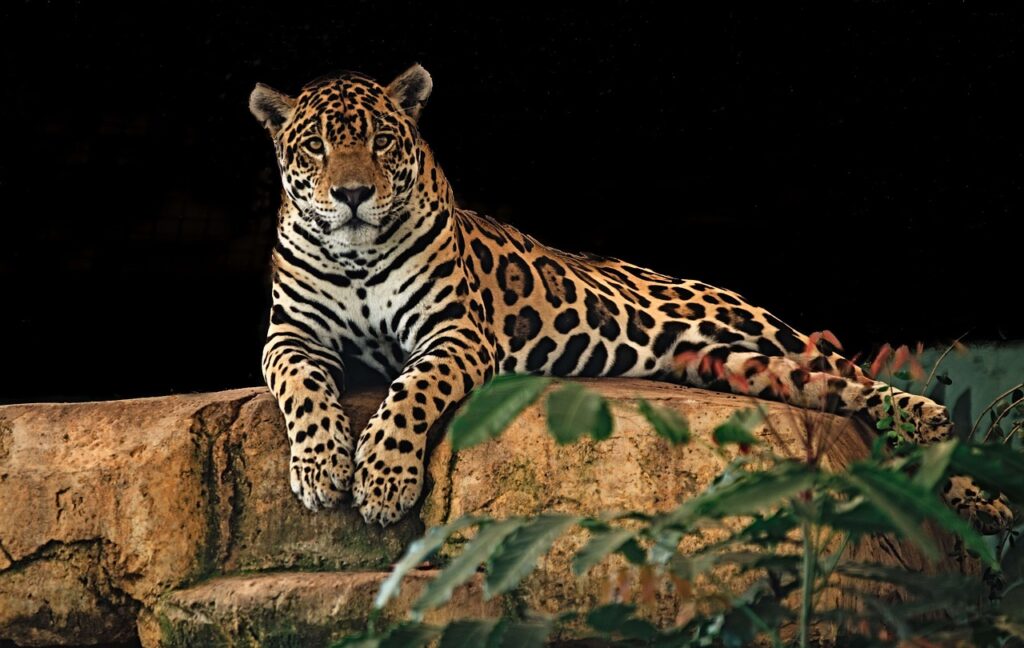
Wildlife conservation refers to the efforts to protect and preserve wild plants and animals and their habitats. This can involve a range of activities, including setting aside protected areas, regulating hunting and trade, and working to reduce the negative impacts of human activities on the natural world.
Wildlife conservation is important for a number of reasons. Wild plants and animals play a vital role in the functioning of ecosystems and the overall health of the planet, and provide important resources for humans. In addition, wildlife is an important source of inspiration, enjoyment, and recreation for people around the world. Finally, the conservation of wildlife is an important aspect of preserving biodiversity, which is the variety of different species and the ecosystems they inhabit.
There are many threats facing wildlife, including habitat loss, climate change, pollution, and overhunting. To address these challenges, it is important to take a proactive approach to conservation, working to protect and preserve wild plants and animals, their habitats, and the ecosystems they depend on. By doing so, we can help to ensure a healthier, more sustainable future for all.
Wildlife conservation is the practice of protecting wild plants and animals, their habitats, and the ecosystems they depend on. It is a crucial aspect of preserving biodiversity and ensuring the long-term health and stability of our planet.
There are many different threats facing wildlife today, including habitat loss, climate change, pollution, and overhunting. These threats can have serious consequences for both individual species and entire ecosystems.
One of the main ways we can help to conserve wildlife is by protecting and preserving their habitats. This can involve setting aside areas of land as protected reserves or national parks, where wildlife can live and thrive without interference from humans. It can also involve working to restore and rehabilitate damaged or degraded habitats, such as by planting trees, removing invasive species, or cleaning up pollution.
Another important aspect of wildlife conservation is regulating and managing the hunting and trade of wild animals. Many species are at risk of overhunting or being captured and sold as exotic pets, which can have serious negative impacts on their populations. By implementing strict hunting regulations and cracking down on illegal trade, we can help to ensure that wild animals are not exploited for commercial or recreational purposes.
There are also a number of things that individuals can do to help support wildlife conservation efforts. This can include supporting organizations that work to protect and preserve wildlife and their habitats, reducing our own environmental footprint by conserving energy and resources, and making conscious choices about the products we buy and the places we visit.
Ultimately, the key to successful wildlife conservation is a combination of efforts at all levels – from governments and organizations to individuals and communities. By working together and making a concerted effort to protect and preserve our planet’s diverse and amazing array of wild plants and animals, we can help to ensure a healthier, more sustainable future for all.
Conservation of wild plants and animals
The conservation of wild plants and animals is an important aspect of preserving biodiversity and maintaining the balance of ecosystems. Wild plants and animals play vital roles in the functioning of the natural world, and their loss can have serious consequences for the health and stability of our planet.
There are many different ways in which wild plants and animals can be conserved. One of the most effective methods is the protection and preservation of their habitats. This can involve setting aside areas of land as protected reserves or national parks, where wildlife can live and thrive without interference from humans. It can also involve working to restore and rehabilitate damaged or degraded habitats, such as by planting trees, removing invasive species, or cleaning up pollution.
Another important aspect of conservation is regulating and managing the hunting and trade of wild animals. Many species are at risk of overhunting or being captured and sold as exotic pets, which can have serious negative impacts on their populations. By implementing strict hunting regulations and cracking down on illegal trade, we can help to ensure that wild animals are not exploited for commercial or recreational purposes.
Individuals can also play a role in the conservation of wild plants and animals. This can include supporting organizations that work to protect and preserve wildlife and their habitats, reducing our own environmental footprint by conserving energy and resources, and making conscious choices about the products we buy and the places we visit.
Overall, the conservation of wild plants and animals requires a multifaceted approach that involves the efforts of governments, organizations, and individuals working together to protect and preserve the natural world. By making a concerted effort to conserve wild plants and animals, we can help to ensure a healthier, more sustainable future for all.
Ecosystem
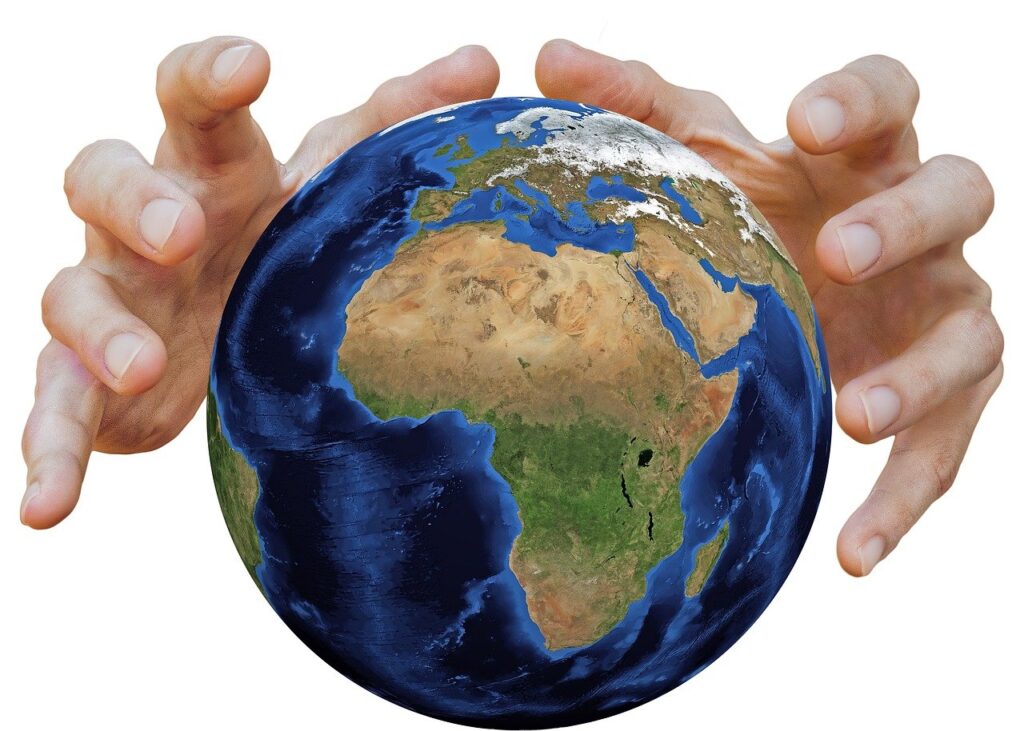
An ecosystem is a community of living organisms and their physical environment, functioning together as a unit. Ecosystems can be small, like a pond or a patch of forest, or large, like a desert or an ocean.
Ecosystems are made up of a variety of different components, including living things (plants, animals, fungi, and microorganisms) and non-living things (air, water, soil, and sunlight). These components interact with each other in complex ways, forming a web of relationships that support the functioning of the ecosystem.
Ecosystems provide a range of important services to humans, including air and water purification, pollination of crops, and climate regulation. They also provide habitat and resources for a wide variety of species, supporting biodiversity and the health of the planet.
However, ecosystems are under threat from a variety of human activities, including habitat destruction, pollution, and climate change. These threats can have serious consequences for the health and stability of ecosystems, and can lead to the loss of species and the degradation of important ecological functions.
To protect and preserve ecosystems, it is important to take a holistic approach that considers the interconnectedness of all the components within them. This can involve preserving and restoring natural habitats, regulating human activities that can have negative impacts on ecosystems, and working to reduce pollution and mitigate the effects of climate change. By taking a proactive approach to ecosystem conservation, we can help to ensure a healthier, more sustainable future for all.
Wildlife
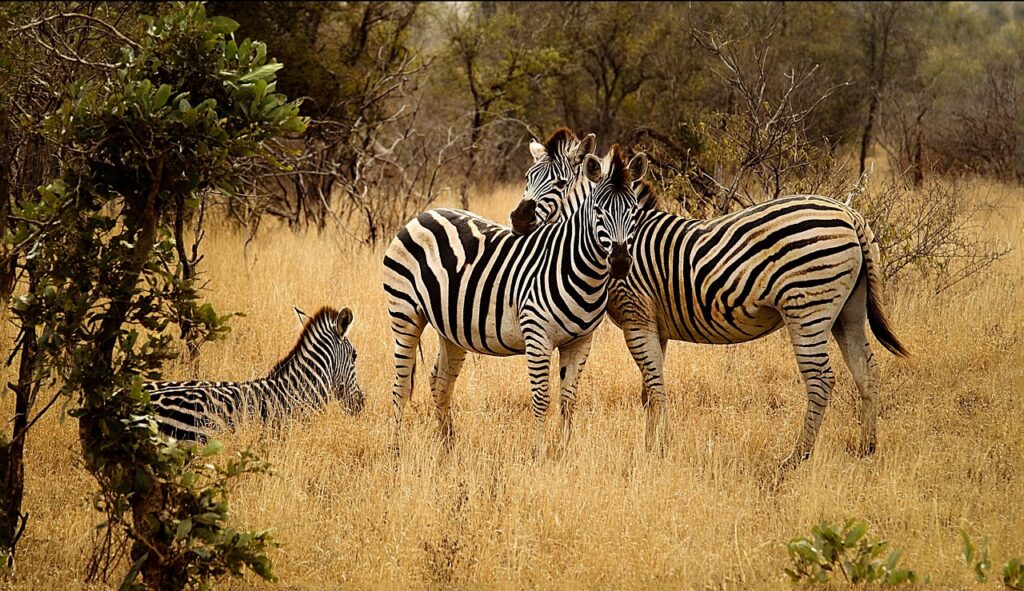
Wildlife refers to all non-domesticated animals, plants, and other organisms that live in the wild. This includes a wide variety of species, from large mammals like lions and bears, to small birds and insects, to aquatic life like fish and coral.
Wildlife plays a vital role in the functioning of ecosystems and the overall health of the planet. Many species serve as important pollinators, seed dispersers, and predators, helping to maintain the balance of nature. They also provide important resources for humans, including food, medicine, and materials for clothing and shelter.
However, wildlife is facing a number of threats, including habitat loss, climate change, pollution, and overhunting. These threats can have serious consequences for individual species and entire ecosystems, leading to population declines and even extinction.
To protect and conserve wildlife, it is important to take a multifaceted approach that involves the efforts of governments, organizations, and individuals. This can include protecting and preserving habitats, regulating the hunting and trade of wild animals, and working to reduce the negative impacts of human activities on the natural world. By making a concerted effort to conserve wildlife, we can help to ensure a healthier, more sustainable future for all.
Wildlife Conservation worldwide
Wildlife conservation is a global concern, as the health and well-being of wildlife and their habitats are interconnected and have impacts on people and the planet as a whole.
There are many different efforts underway around the world to conserve wildlife and their habitats. These efforts can take a variety of forms, including the creation of protected reserves and national parks, the restoration and rehabilitation of damaged or degraded habitats, and the regulation of hunting and trade.
International organizations, such as the World Wildlife Fund (WWF) and the International Union for Conservation of Nature (IUCN), play a crucial role in coordinating and supporting conservation efforts globally. These organizations work to raise awareness about the importance of wildlife and the threats they face, as well as to advocate for conservation policies and practices that protect and preserve the natural world.
Individuals can also play a role in supporting wildlife conservation efforts worldwide. This can include supporting organizations that work to protect and preserve wildlife and their habitats, reducing our own environmental footprint by conserving energy and resources, and making conscious choices about the products we buy and the places we visit.
Ultimately, the success of wildlife conservation efforts worldwide depends on the collective actions of governments, organizations, and individuals working together to protect and preserve the natural world. By making a concerted effort to conserve wildlife and their habitats, we can help to ensure a healthier, more sustainable future for all.
How important is wildlife conservation?
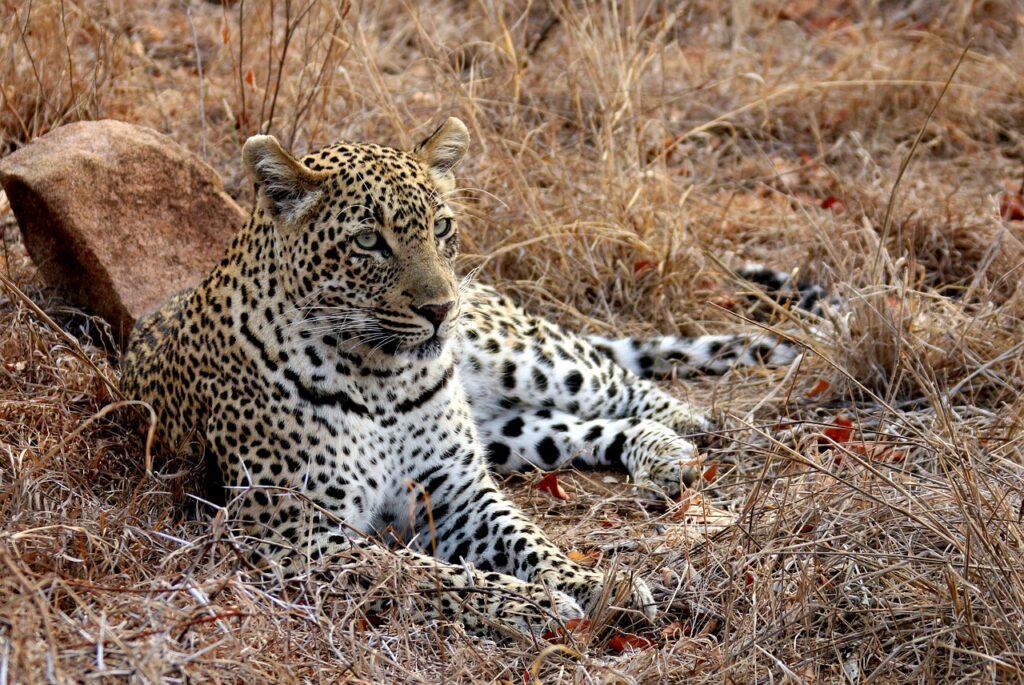
Wildlife conservation is extremely important for a number of reasons.
First and foremost, wildlife plays a vital role in the functioning of ecosystems and the overall health of the planet. Many species serve as important pollinators, seed dispersers, and predators, helping to maintain the balance of nature. They also provide important resources for humans, including food, medicine, and materials for clothing and shelter.
In addition, wildlife is an important source of inspiration, enjoyment, and recreation for people around the world. Watching birds, hiking through a forest, or observing dolphins in the ocean can all be deeply enriching and enjoyable experiences that contribute to our sense of connection with the natural world.
Furthermore, the conservation of wildlife is an important aspect of preserving biodiversity, which is the variety of different species and the ecosystems they inhabit. Biodiversity is essential for the health and stability of the planet, as it helps to ensure that ecosystems are resilient and able to adapt to change.
Finally, the conservation of wildlife is important for ethical and moral reasons. Many people believe that all living beings have a right to exist and thrive in their natural environments, and that it is our responsibility to protect and preserve the natural world for future generations.
Overall, the importance of wildlife conservation cannot be overstated. By protecting and preserving wild plants and animals, their habitats, and the ecosystems they depend on, we can help to ensure a healthier, more sustainable future for all.
Concerns
There are many concerns related to wildlife conservation, including:
- Habitat loss: One of the biggest threats facing wildlife is the loss of their natural habitats. This can be caused by a variety of factors, including urbanization, agriculture, and resource extraction. Habitat loss can have serious consequences for individual species and entire ecosystems, leading to population declines and even extinction.
- Climate change: Climate change is having a significant impact on wildlife, with many species struggling to adapt to rising temperatures and changing weather patterns. Some species are at risk of extinction as a result of climate change, while others are being forced to migrate to new areas in search of suitable habitat.
- Pollution: Pollution can have serious impacts on wildlife, both directly (by poisoning or sickening individual animals) and indirectly (by disrupting ecosystems). For example, plastic pollution in the oceans can entangle and kill marine life, while air pollution can harm birds and other animals.
- Overhunting and trade: Many species are at risk of overhunting or being captured and sold as exotic pets, which can have serious negative impacts on their populations. The illegal trade in wildlife is also a major concern, as it can lead to the exploitation and abuse of animals.
- Invasive species: Non-native species that are introduced to new areas can sometimes become invasive, meaning that they spread rapidly and cause harm to native species and ecosystems. Invasive species can outcompete native species for resources, alter the habitat, and introduce diseases.
Overall, these concerns highlight the importance of taking a proactive approach to wildlife conservation, in order to protect and preserve the natural world for future generations.
Components of wildlife conservation
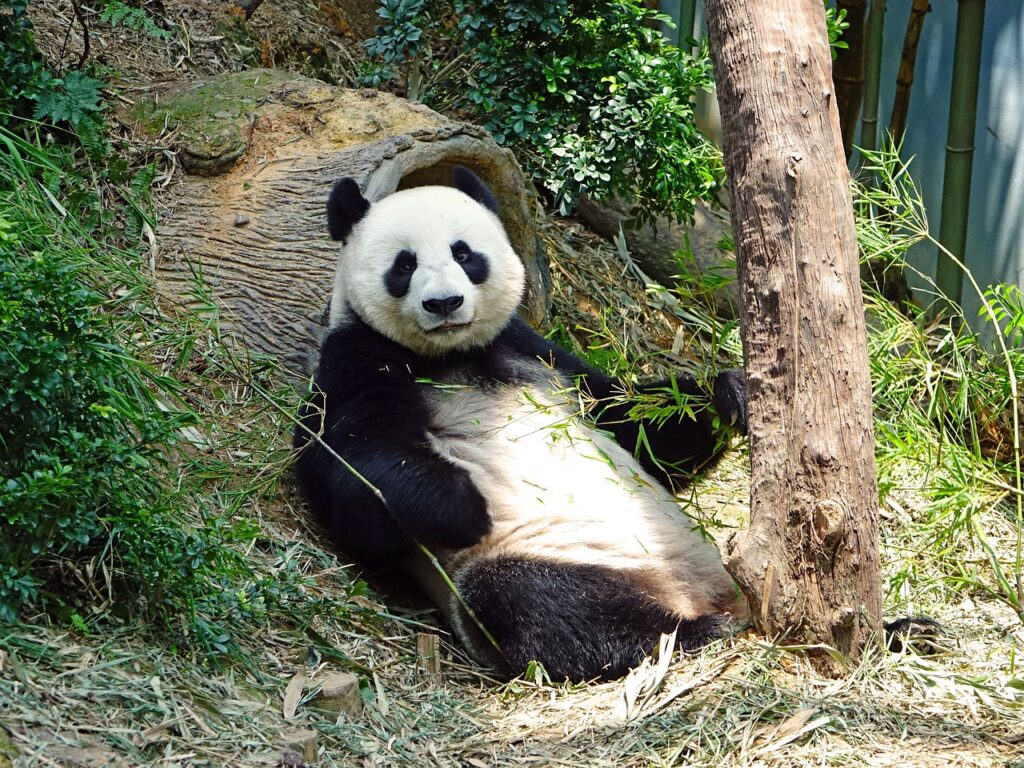
There are several key components to effective wildlife conservation:
- Protecting and preserving habitats: One of the most important ways to conserve wildlife is to protect and preserve their habitats. This can involve setting aside areas of land as protected reserves or national parks, where wildlife can live and thrive without interference from humans. It can also involve working to restore and rehabilitate damaged or degraded habitats, such as by planting trees, removing invasive species, or cleaning up pollution.
- Regulating hunting and trade: Many species are at risk of overhunting or being captured and sold as exotic pets, which can have serious negative impacts on their populations. By implementing strict hunting regulations and cracking down on illegal trade, we can help to ensure that wild animals are not exploited for commercial or recreational purposes.
- Reducing human impacts: Human activities, such as agriculture, urbanization, and resource extraction, can have serious impacts on wildlife and their habitats. To conserve wildlife, it is important to minimize these impacts and find ways to coexist with nature.
- Supporting research and monitoring: Understanding the needs and behaviors of different species is crucial for effective conservation efforts. Research and monitoring programs can help to provide this information, allowing us to better understand the threats facing different species and design targeted conservation strategies.
- Engaging the public: Raising awareness about the importance of wildlife conservation and the threats facing different species is an important part of any conservation effort. By engaging the public and building support for conservation, we can help to build momentum and drive positive change.
Overall, these components all play a crucial role in helping to protect and preserve wildlife and their habitats, and are essential for the long-term success of conservation efforts.
Terminologies related to wildlife conservation
Here are a few key terms related to wildlife conservation:
- Biodiversity: Biodiversity is the variety of different species and the ecosystems they inhabit. It is an important aspect of the health and stability of the planet, as it helps to ensure that ecosystems are resilient and able to adapt to change.
- Habitat: A habitat is the natural environment in which a particular species lives. Habitats can vary widely, from forests and grasslands to oceans and deserts.
- Endangered species: An endangered species is a species that is at risk of extinction due to declining populations or a loss of habitat.
- Threatened species: A threatened species is a species that is likely to become endangered in the near future if steps are not taken to protect it.
- Extinct species: An extinct species is a species that no longer exists, either because it has died out completely or because it has evolved into a new species.
- Habitat destruction: Habitat destruction refers to the loss or degradation of natural habitats, often as a result of human activities such as urbanization or resource extraction.
- Climate change: Climate change refers to the long-term warming of the Earth’s atmosphere, caused by the emission of greenhouse gases from human activities. It is having a significant impact on wildlife, with many species struggling to adapt to rising temperatures and changing weather patterns.
Overall, these terms are important to understand in order to better understand the challenges facing wildlife and the efforts being made to conserve them.
Trends in wildlife conservation
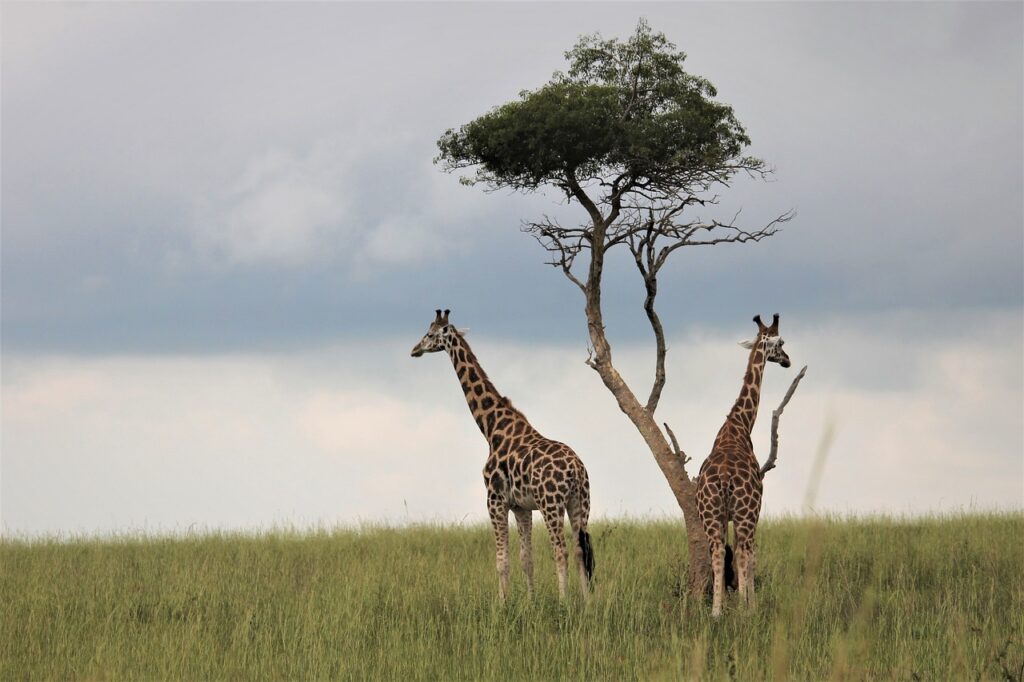
There are a few key trends in wildlife conservation that are worth noting:
- Increasing recognition of the importance of biodiversity: There is growing recognition of the importance of biodiversity for the health and stability of the planet, and the need to take steps to conserve and protect it. This has led to a range of initiatives and policies aimed at preserving biodiversity, including the creation of protected reserves and national parks, and the implementation of regulations to protect endangered species.
- Growing awareness of the impacts of climate change: Climate change is having a significant impact on wildlife, and there is increasing awareness of the need to take action to mitigate its effects. This has led to a range of initiatives aimed at reducing greenhouse gas emissions and adapting to the impacts of climate change.
- Increased focus on community-based conservation: There is a growing recognition that local communities can play a vital role in conserving wildlife and their habitats. As a result, there has been an increase in community-based conservation initiatives, which involve working with local communities to identify and address conservation challenges in their area.
- Growing concern about the illegal wildlife trade: The illegal trade in wildlife is a major concern, as it can lead to the exploitation and abuse of animals. There is increasing awareness of the need to crack down on illegal trade and to implement strict regulations to protect endangered species.
- Increased use of technology: Technology is playing an increasingly important role in conservation efforts, with tools such as satellite imagery, drones, and remote sensing being used to monitor wildlife populations and habitats.
Overall, these trends highlight the growing recognition of the importance of wildlife conservation and the need to take proactive steps to protect and preserve the natural world.
Related organisations and people related to wildlife conservation
There are many organizations and individuals working to conserve wildlife and their habitats around the world. Here are a few examples:
- International Union for Conservation of Nature (IUCN): The IUCN is a global organization that works to protect and conserve nature. It conducts research, develops conservation strategies, and provides technical assistance to governments and other organizations around the world.
- World Wildlife Fund (WWF): The WWF is a global conservation organization that works to protect wildlife and their habitats. It conducts research, advocates for conservation policies, and supports on-the-ground conservation efforts in countries around the world.
- Jane Goodall: Jane Goodall is a world-renowned primatologist and conservationist who has made significant contributions to our understanding of chimpanzees and the importance of preserving their habitats.
- David Attenborough: David Attenborough is a naturalist, broadcaster, and conservationist who has been a vocal advocate for the conservation of wildlife and the natural world. His documentaries have helped to raise awareness about the importance of conservation and the challenges facing the planet.
- Greta Thunberg: Greta Thunberg is a young Swedish activist who has become a leading voice in the fight against climate change. She has spoken out about the importance of protecting wildlife and the natural world, and has inspired people around the world to take action to address environmental challenges.
Overall, these organizations and individuals are just a few examples of the many people and groups working to conserve wildlife and their habitats around the world.
Need for conservation of wildlife
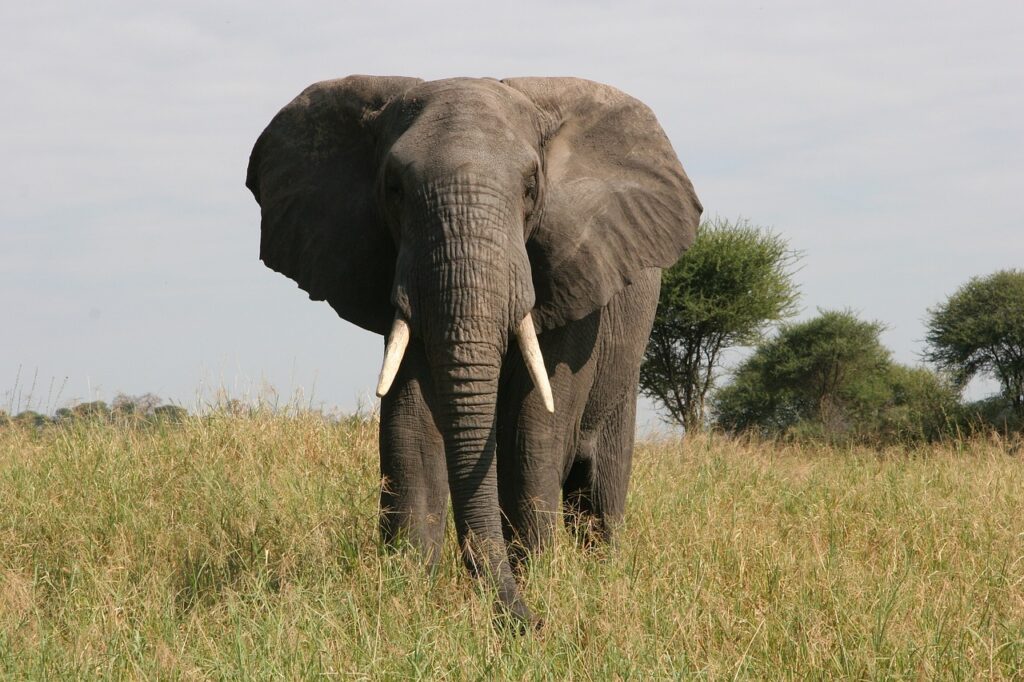
There are many compelling reasons to conserve wildlife, including:
- Maintaining the balance of nature: Wildlife plays a vital role in the functioning of ecosystems, helping to maintain the balance of nature. For example, many species serve as important pollinators, seed dispersers, and predators, helping to keep ecosystems healthy and stable.
- Providing resources for humans: Many wild plants and animals provide important resources for humans, including food, medicine, and materials for clothing and shelter. By conserving these species and the ecosystems they depend on, we can ensure a sustainable source of these resources for the future.
- Preserving biodiversity: Biodiversity, or the variety of different species and the ecosystems they inhabit, is essential for the health and stability of the planet. By conserving wildlife, we can help to preserve biodiversity and ensure that ecosystems are resilient and able to adapt to change.
- Supporting ethical and moral values: Many people believe that all living beings have a right to exist and thrive in their natural environments, and that it is our responsibility to protect and preserve the natural world for future generations. Conservation of wildlife is an important way to uphold these values.
- Providing inspiration and enjoyment: Wildlife is a source of inspiration and enjoyment for people around the world. Watching birds, hiking through a forest, or observing dolphins in the ocean can all be deeply enriching and enjoyable experiences that contribute to our sense of connection with the natural world.
Overall, the need for conservation of wildlife is clear. By protecting and preserving wild plants and animals, their habitats, and the ecosystems they depend on, we can help to ensure a healthier, more sustainable future for all.
Types of wildlife conservation
There are many different types of wildlife conservation efforts that can be undertaken, depending on the needs and circumstances of a particular species or ecosystem. Some common types of wildlife conservation include:
- Protected areas: Protected areas, such as national parks and nature reserves, are areas of land or water that are set aside specifically for the conservation of wildlife and their habitats. These areas are often managed by governments or conservation organizations, and are designed to provide a safe and secure habitat for wildlife to live and thrive.
- Habitat restoration: Habitat restoration involves working to repair and rehabilitate damaged or degraded habitats, such as by planting trees, removing invasive species, or cleaning up pollution. This can help to create new habitat for wildlife, or to improve the quality of existing habitat.
- Reintroduction: Reintroduction involves releasing a species into an area where it has previously been extinct or has not been seen in a long time. This can involve breeding and raising animals in captivity before releasing them into the wild, or translocating individuals from one location to another.
- Captive breeding: Captive breeding involves breeding animals in controlled environments, such as zoos or wildlife sanctuaries. This can be used as a way to help increase the population of a species that is at risk of extinction, or to provide a source of animals for reintroduction efforts.
- Regulation of hunting and trade: Many species are at risk of overhunting or being captured and sold as exotic pets, which can have serious negative impacts on their populations. By implementing strict hunting regulations and cracking down on illegal trade, we can help to ensure that wild animals are not exploited for commercial or recreational purposes.
World Wildlife Conservation Day
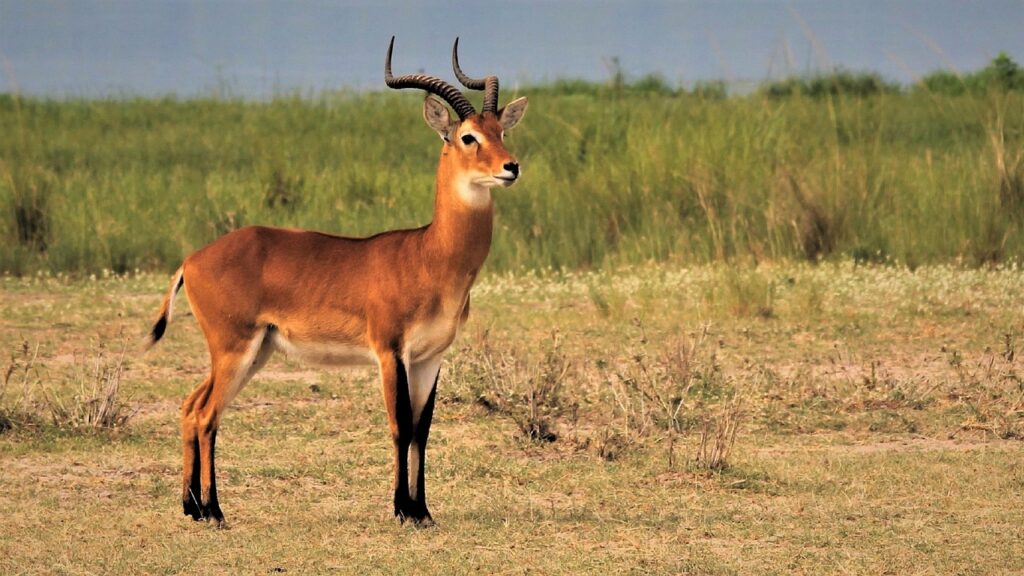
World Wildlife Conservation Day is an annual event that takes place on December 4th. The day is meant to raise awareness about the importance of wildlife conservation and the challenges facing different species around the world.
The day is celebrated in a variety of ways, including through educational events, social media campaigns, and grassroots conservation efforts. Many organizations, schools, and individuals participate in the day by organizing events, raising funds, and spreading the word about the importance of conservation.
The goal of World Wildlife Conservation Day is to highlight the importance of protecting and preserving wildlife and their habitats, and to inspire people to take action to support conservation efforts. By raising awareness and building support for conservation, we can help to ensure a healthier, more sustainable future for all.
Major projects worldwide
There are many major wildlife conservation projects underway around the world, working to protect and preserve different species and their habitats. Here are a few examples:
- Great Barrier Reef: The Great Barrier Reef is the world’s largest coral reef system, located off the coast of Australia. It is home to a diverse array of marine life, including thousands of species of fish, coral, and other organisms. The Great Barrier Reef is facing a number of threats, including climate change, pollution, and habitat loss, and there are a number of conservation efforts underway to protect and preserve the reef.
- Yellowstone National Park: Yellowstone National Park is a protected area in the United States that is home to a wide range of wildlife, including bears, wolves, bison, and elk. The park is known for its geothermal features, including geysers and hot springs, and is a popular destination for tourists and conservationists. Conservation efforts in Yellowstone focus on protecting and preserving the park’s unique ecosystem and the wildlife that lives there.
- Amazon Rainforest: The Amazon Rainforest is the world’s largest rainforest, covering an area of over 6.7 million square kilometers in South America. It is home to a staggering array of plant and animal life, including many species that are found nowhere else on earth.
- Rainforest Alliance: The Rainforest Alliance is a global organization that works to conserve rainforests and the biodiversity they contain. The organization partners with businesses, governments, and communities to implement sustainable land-use practices, promote conservation policies, and support community-based conservation initiatives.
- Gorilla Doctors: Gorilla Doctors is a conservation organization that works to protect gorillas in the wild. The organization provides medical care and support to gorillas, conducts research to understand their needs and behaviors, and works with local communities to promote conservation efforts.
- Project AWARE: Project AWARE is a global organization that works to protect marine wildlife and their habitats. The organization conducts research, advocates for conservation policies, and supports on-the-ground conservation efforts, including the creation of marine protected areas and the removal of marine debris.
- The Jane Goodall Institute: The Jane Goodall Institute is a global organization that works to protect chimpanzees and their habitats. The institute conducts research, advocates for conservation policies, and supports on-the-ground conservation efforts, including the creation of protected areas and the promotion of sustainable land-use practices.
- Wildlife Conservation Society: The Wildlife Conservation Society is a global organization that works to conserve wildlife and their habitats. The society conducts research, advocates for conservation policies, and supports on-the-ground conservation efforts in countries around the world.
FAQ’s
Here are some frequently asked questions about wildlife conservation:
Why is wildlife conservation important?
Wildlife conservation is important for a number of reasons. Wild plants and animals play a vital role in the functioning of ecosystems and the overall health of the planet, and provide important resources for humans. In addition, wildlife is an important source of inspiration, enjoyment, and recreation for people around the world. Finally, the conservation of wildlife is an important aspect of preserving biodiversity, which is the variety of different species and the ecosystems they inhabit.
What are the main threats facing wildlife?
There are many threats facing wildlife, including habitat loss, climate change, pollution, and overhunting. Habitat loss occurs when natural habitats are destroyed or damaged, often as a result of human activities such as urbanization or resource extraction. Climate change is having a significant impact on wildlife, with many species struggling to adapt to rising temperatures and changing weather patterns. Pollution can harm wildlife directly or indirectly, by poisoning individual animals or disrupting ecosystems. Overhunting and the illegal trade in wildlife can also have serious negative impacts on populations.
How can individuals contribute to wildlife conservation?
There are many ways that individuals can contribute to wildlife conservation. Some ideas include: supporting conservation organizations and initiatives; volunteering time or resources to conservation efforts; reducing energy consumption and carbon emissions to help mitigate the impacts of climate change; reducing, reusing, and recycling to reduce waste and pollution; and educating others about the importance of conservation.
What are some examples of successful conservation efforts?
There are many examples of successful conservation efforts around the world. Some notable examples include the recovery of the American bald eagle, which was removed from the endangered species list in 2007 thanks to conservation efforts; the reintroduction of wolves to Yellowstone National Park, which has helped to restore balance to the park’s ecosystem; and the creation of marine protected areas, which have helped to preserve marine ecosystems and the wildlife that depends on them.
What are the main challenges to wildlife conservation?
There are many challenges to wildlife conservation, including: lack of funding and resources; conflicting interests and priorities; political and social barriers; and the scale and complexity of the issues involved. Other challenges include the need to balance conservation efforts with the needs of local communities, and the need to address global issues such as climate change that have impacts on wildlife around the world.
Conclusion
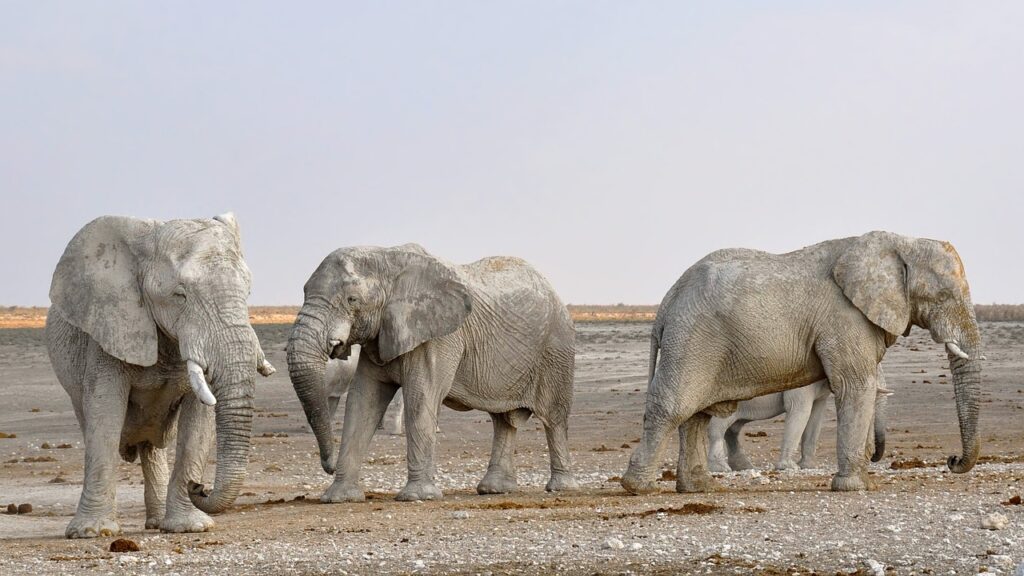
In conclusion, wildlife conservation is a critical issue that requires the efforts of governments, organizations, and individuals around the world. Wild plants and animals play a vital role in the functioning of ecosystems and the overall health of the planet, and provide important resources for humans. However, wildlife is facing a number of threats, including habitat loss, climate change, pollution, and overhunting, which can have serious consequences for individual species and entire ecosystems.
To protect and conserve wildlife, it is important to take a multifaceted approach that involves the efforts of governments, organizations, and individuals. This can include protecting and preserving habitats, regulating the hunting and trade of wild animals, and working to reduce the negative impacts of human activities on the natural world. By making a concerted effort to conserve wildlife, we can help to ensure a healthier, more sustainable future for all.

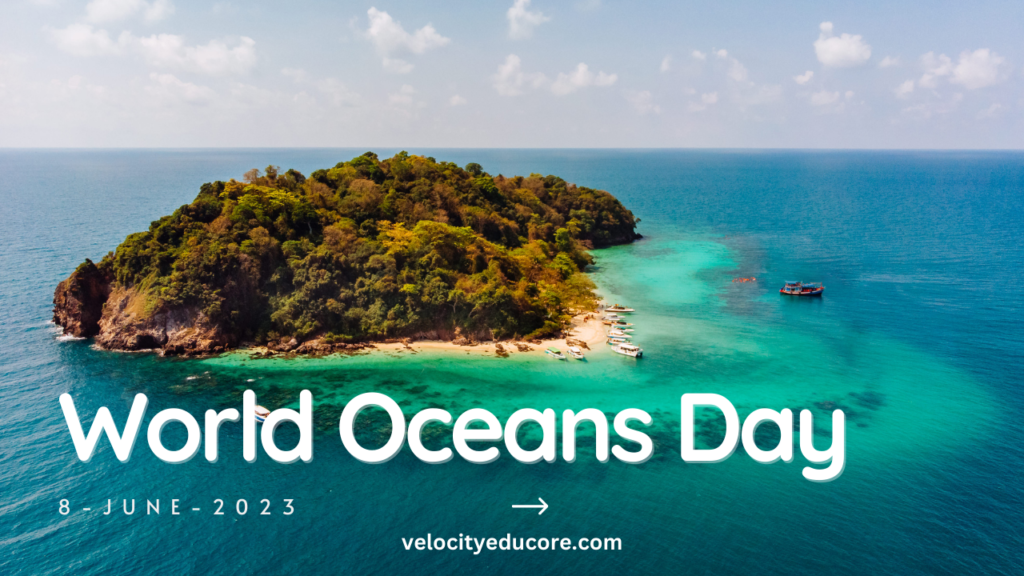
That’s really a nice piece of information.
This is really very informative piece.
Thank you so much
Arrangement of sub topics and content is so nice.
Thanks
Best article I found
Thank you!
Hamza Siddiqui